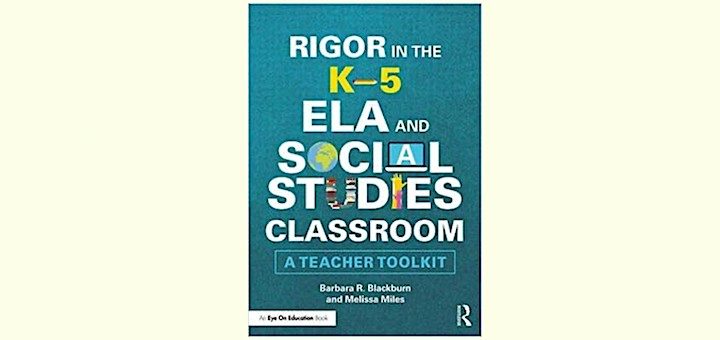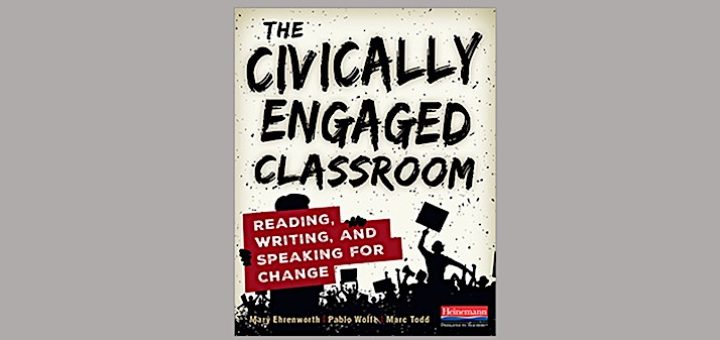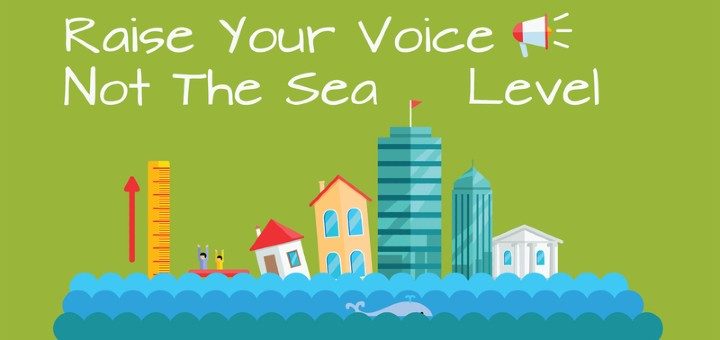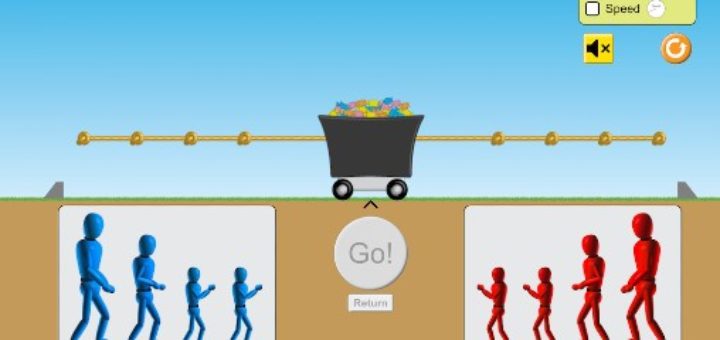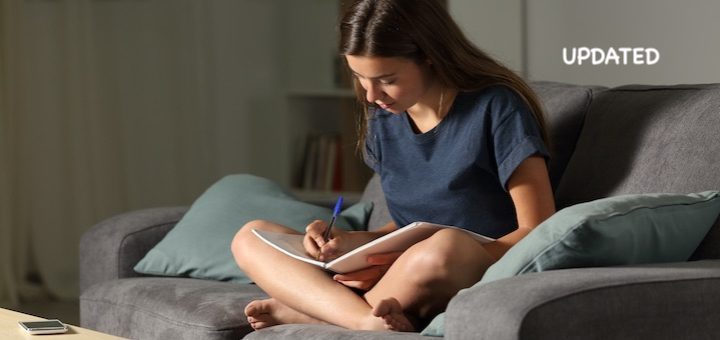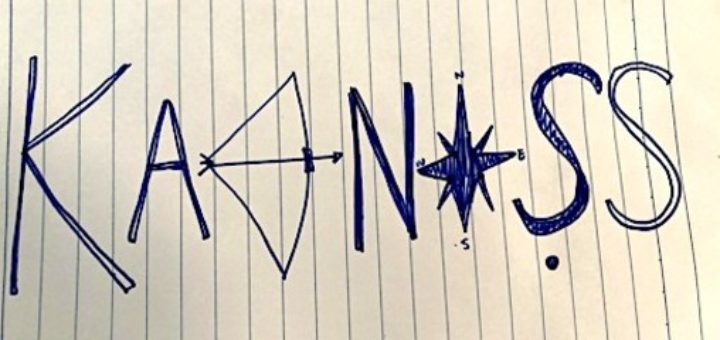Tips for Integrating SEL in 5 Middle Level Subjects
To help middle graders learn and practice social and emotional skills, teacher and Director of Studies Kasey Short offers ways to incorporate SEL across the content areas, from considering the motivations of historical figures to creating reality-based math word problems.




